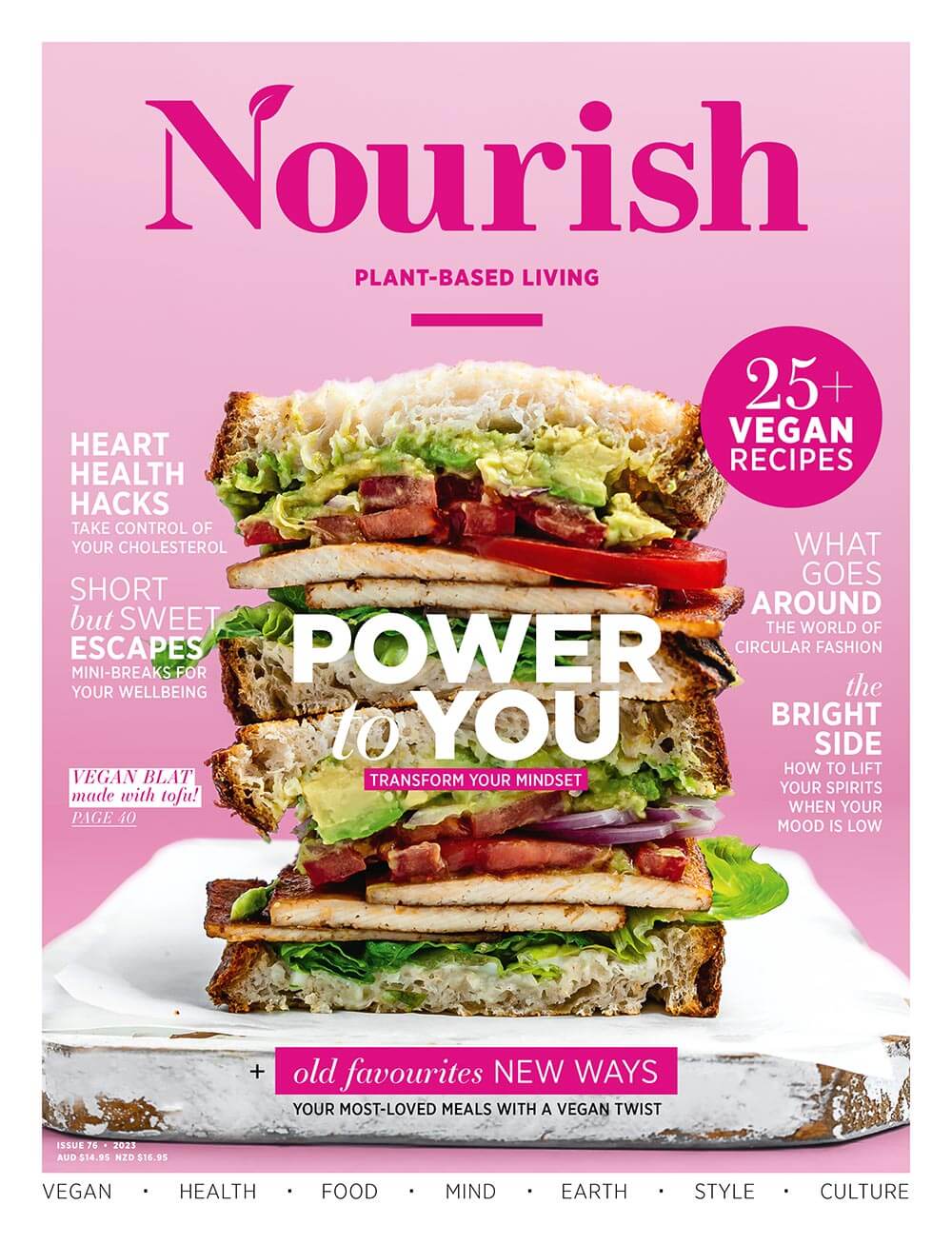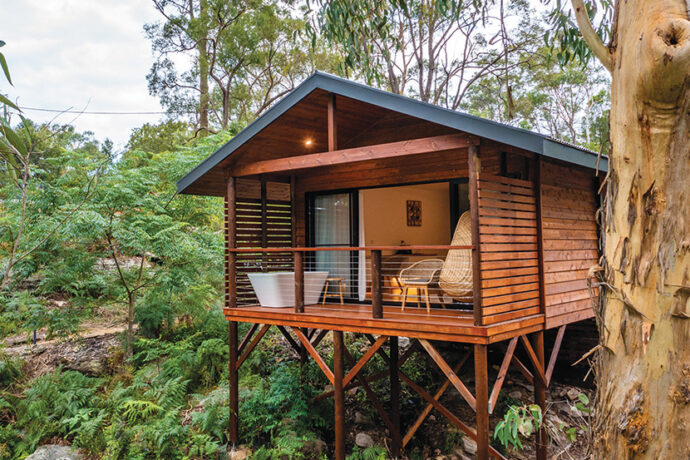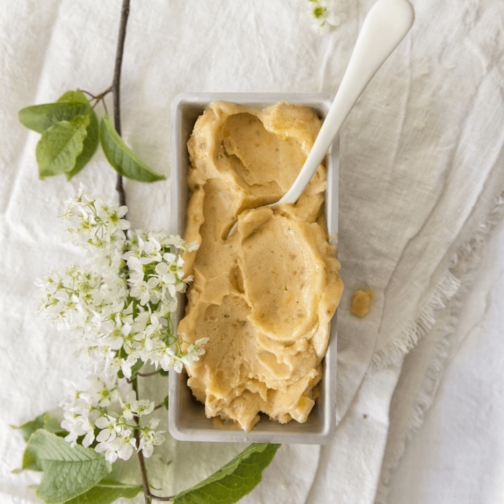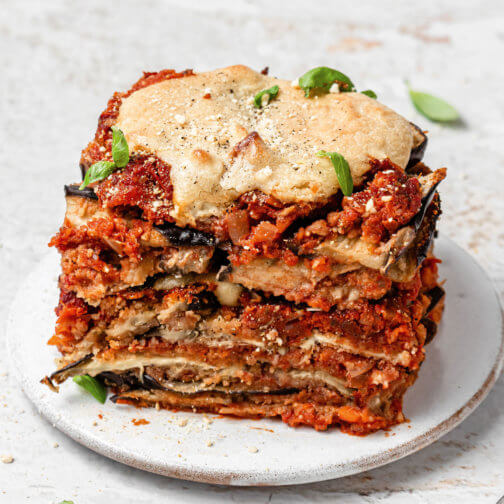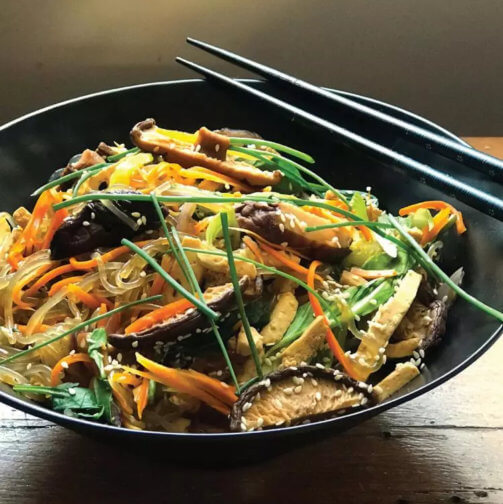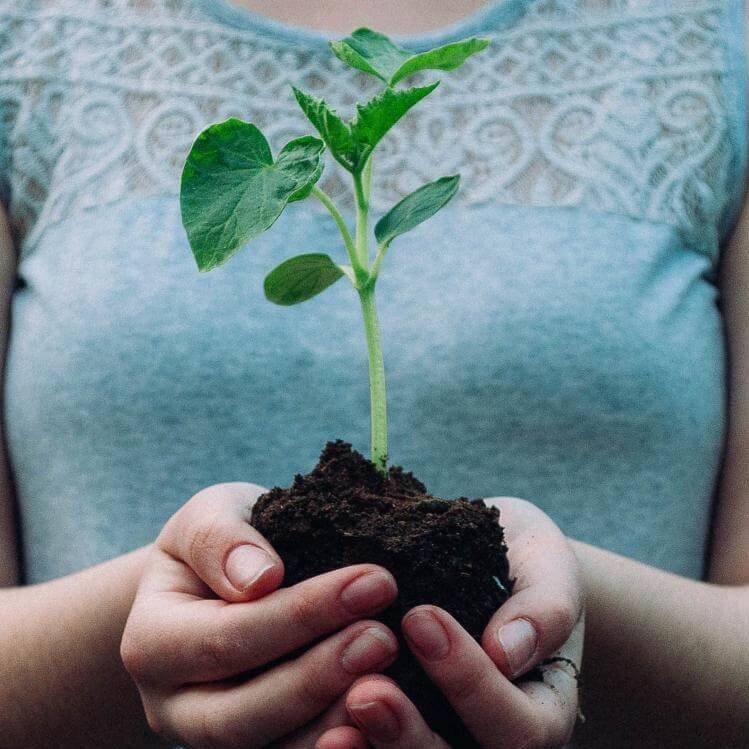
At least half of what goes into most household bins is compostable, but instead ends up in landfill. Composting reduces greenhouse gas emissions and returns vital nutrients to the soil, and we can all make a difference.
Food waste that breaks down without oxygen emits the greenhouse gas methane, which is one of the main causes of climate change. The amount of greenhouse gases produced by food waste in Australian landfill each year is equivalent to the emissions of Australia’s entire aviation industry or our steel and iron ore industries combined.
Not only that, but when organic material breaks down in landfill and water filters through it, a highly toxic liquid called leachate is released, which can pollute land, groundwater and waterways. So, sending food waste to landfill is not a sustainable solution.
At the same time, an estimated 33% of the world’s soil is severely degraded, and food waste converted to compost could help solve this problem.
So, is it time to invite composting into your life? Here’s how.
Composting at home
If you have space at home, consider building your own compost bin with recycled timber. These can be more effective than plastic units because they’re so easy to access, turn and aerate. Aerating your compost is important to ensure it’s an oxygen-rich, aerobic environment. You’ll also need to add water to keep your compost damp but not soggy.
Compost bins break down organic matter faster in warmer temperatures, so adding a layer of lawn trimmings to the top of your compost will help insulate it and get it going. It’s best to position your compost bin in a shady area away from direct sunlight.
Setting up a simple compost caddy on your kitchen bench makes it easy to collect food scraps for your compost bin. If you don’t take your scraps out to the compost bin every day, you could use a ventilated caddy lined with a compostable bag instead. You’ll be able to leave it on your kitchen bench for a few days and it won’t smell, for the same reason your compost bin doesn’t smell – because oxygen can get in. This also reduces methane emissions by promoting aerobic decomposition.
Get the right mix
The key to a well-functioning compost bin is to add the right mix of green matter and brown matter.
- Green matter that can be added to a home compost bin includes fruit and vegetable scraps, breads, grains, rice, flour, cereal, pasta, coffee grounds and tea leaves.
- Brown matter includes lawn clippings, leaves, plant trimmings, and natural fibres like cotton, linen, hair, paper, napkins, tissues, toilet rolls, cut up cardboard and 100% compostable plastic bags.
Animal products, oils and pet faeces do not belong in your compost – these will cause bad smells and attract pests. Also, avoid adding weeds with mature seeds as these will spread weeds in your garden when you spread the compost.
Use a FOGO bin
A growing number of local councils are offering residents kerbside green bins for recycling food organics and garden organics (FOGO). Councils offering FOGO bins usually supply compost caddies and compostable bags to collect food scraps. Organic waste collected in green bins is recycled at industrial composting facilities.
Currently, around 30% of Australian councils offer these bins. This number is slowly growing as landfill levies rise and councils realise composting organic waste makes more sense than sending it to landfill. You’ll need to check if your local council provides FOGO bins. If not, you can always ask if they can help with a subsidised compost bin. Or, even better, campaign for them to start offering FOGO bins.
Share your scraps
If you don’t have space for a compost bin, you can get together with members of your local community to compost together or otherwise find someone willing to compost your food scraps via www.sharewaste.com. You can also contact your local community garden to see if there is an existing composting hub near you.
Setting up a community compost bin in a central area is a great idea for people who live in unit blocks and inner-city areas. If your compost bin is used by many people, it’s important to create clear labels explaining how the system works and the steps you want everyone to follow. You could paint or write instructions on the bins or even add a QR code for more detailed instructions.
***
Organic waste contains valuable resources that can’t be recovered from landfill, yet that’s where 87% of Australia’s food waste ends up. We need to recycle organic waste to fertilise our soil instead of dumping it in landfills where it contributes to climate change by producing harmful greenhouse gases. There’s no such thing as waste in nature. Organics belong in our soil, not in landfill, and composting is the key.
